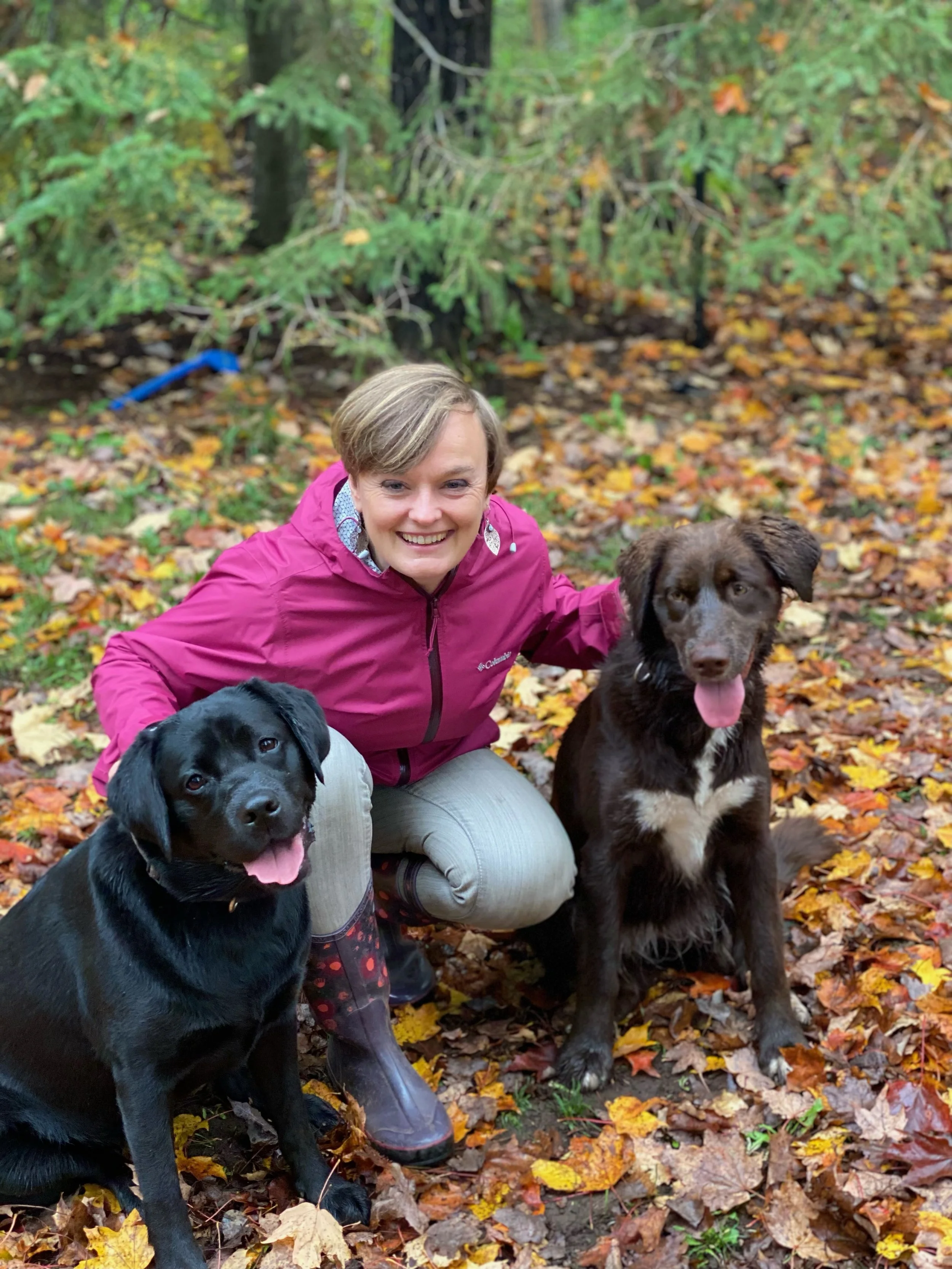Strengthen the bonds with your animals with Energy Healing.
Welcome!
My name is Karina Roth.
The primary modality I use is called Healing Touch for Animals.
I also practice Animal Communication to gather information about how your animal might be feeling physically or emotionally, and to decide how your animal can be best supported.
Benefits of Healing Touch for Animals include:
Facilitate recovery from illness or injury
Relieve or reduce pain
Ease emotional trauma
Relieve or reduce stress or anxiety
Clarify appropriate behavior
Strengthen the animal-human bond
Receive support during the end-of-life process
Support overall health and wellness
Energy healing aims to support the physical, emotional and spiritual body to restore a smoothly flowing energy throughout.
Have you ever walked into a room and felt the excitement or tension in the room?
That is sensing the energy in the room.
What do you feel in your body when someone says “Run” to you? Does going for a run sound appealing? Or does the word “run” make you think fight or flight? That is also energy.
In general, energy work is a genre of healing that supports the body to heal itself. It is holistic in nature, and takes into account not just physical symptoms, but emotional and spiritual symptoms as well. Ideally, when we are in health, our energy is flowing well. If our energy isn’t flowing well, this can create illness. Energy healing modalities aim to support the physical, emotional and spiritual body to restore a smoothly flowing energy throughout.
Acupuncture and Reiki are two well-known energy healing modalities. Healing Touch for Animals is similar and uses the chakra system of energy centers. Many types of Yoga use the chakra system of energy centers. Kundalini yoga, and other types of yoga, often use the chakra system as a way to identify energy centers.
Healing Touch for Animals is adapted from the Healing Touch modality developed by Janet Mentgen, RN. Healing Touch for Animals was created by Carol Komitor, who studied with Janet Mentgen.

